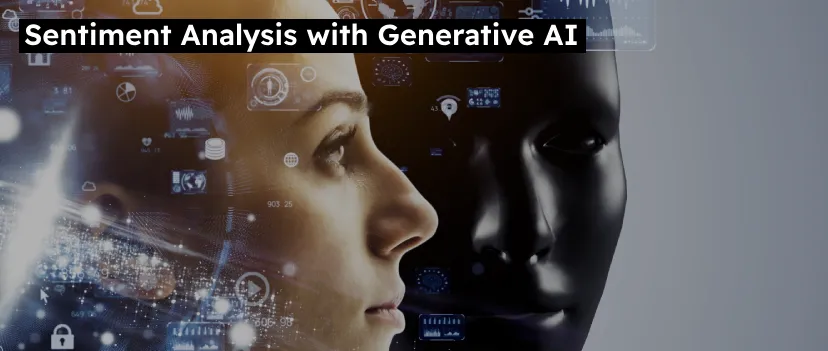Exploring the Power of Transfer Learning in NLP
Discover how transfer learning is revolutionizing Natural Language Processing (NLP) by leveraging pre-trained models for enhanced language understanding and applications.
Introduction
Transfer learning has become a cornerstone in the field of Natural Language Processing (NLP), offering powerful solutions to overcome the challenges of training deep learning models from scratch. By using pre-trained models and fine-tuning them for specific tasks, transfer learning allows us to create smarter and faster NLP systems that improve efficiency and performance.
What is Transfer Learning?
Transfer learning is a machine learning technique where a model developed for one task is reused as a starting point for a related task. In NLP, this often involves leveraging large-scale pre-trained models like BERT, GPT, or Roberta , which are trained on massive datasets. These models understand the nuances of language, such as syntax, semantics, and context.
Why Transfer Learning is Critical in NLP
-
Reduced Training Time
Training models from scratch requires vast amounts of data and computational resources. Transfer learning cuts down on time and cost by using pre-trained models that already understand language basics.
-
Improved Accuracy
Pre-trained models have a broad understanding of language, making them more accurate in tasks like sentiment analysis, text summarization, and question answering.
-
Versatility
Transfer learning allows adaptation to various NLP tasks, even with limited domain-specific data.

Applications of Transfer Learning in NLP
-
Chatbots and Virtual Assistants
Pre-trained models power intelligent systems like Alexa and Google Assistant, enabling them to understand and respond to user queries naturally.
-
Sentiment Analysis
Transfer learning enhances the detection of emotions and opinions from customer reviews, social media, or feedback forms.
-
Machine Translation
Models like and T5 are setting benchmarks in translating languages with minimal additional training.
-
Text Classification
Categorizing emails, documents, or news articles into predefined classes becomes more efficient with transfer learning.

Key Transfer Learning Models in NLP
-
BERT (Bidirectional Encoder Representations from Transformers)
: Excels in understanding word context.
-
GPT (Generative Pre-trained Transformer)
: Widely used for generating coherent and creative text.
-
Roberta
: An optimized version of BERT for improved performance.
How Transfer Learning Works
-
Pre-training
Models are trained on a large corpus of text data to understand general language structures.
-
Fine-tuning
The pre-trained model is adapted to a specific task or dataset, refining its focus.
Challenges in Transfer Learning for NLP
-
Computational Costs
Despite saving resources compared to training from scratch, fine-tuning large pre-trained models still requires significant computational power.
-
Domain Adaptation
Pre-trained models may struggle with tasks in highly specialized or rare domains.
-
Bias in Pre-trained Data
Models trained on biased datasets can perpetuate or amplify these biases.
Future of Transfer Learning in NLP
The evolution of transfer learning in NLP is set to accelerate, with innovations like zero-shot learning and domain-adaptive models leading the way. These advancements aim to make NLP systems more robust, equitable, and scalable across industries.
Exploring the Power of Transfer Learning in NLP
Transfer learning has revolutionized Natural Language Processing (NLP), enabling breakthroughs by reusing pre-trained models like BERT and GPT. It reduces training time, improves accuracy, and adapts to various tasks, such as chatbots, sentiment analysis, and text classification. By leveraging large datasets, transfer learning creates smarter, scalable systems with minimal domain-specific data. As advancements like zero-shot learning emerge, transfer learning continues to redefine the future of language technology.
Conclusion
The power of transfer learning in NLP lies in its ability to build smarter, faster, and more efficient language models. By leveraging pre-trained models, researchers and developers are revolutionizing language understanding, making NLP applications more impactful across industries. The future of transfer learning is bright, offering endless possibilities for innovation in language technology.




